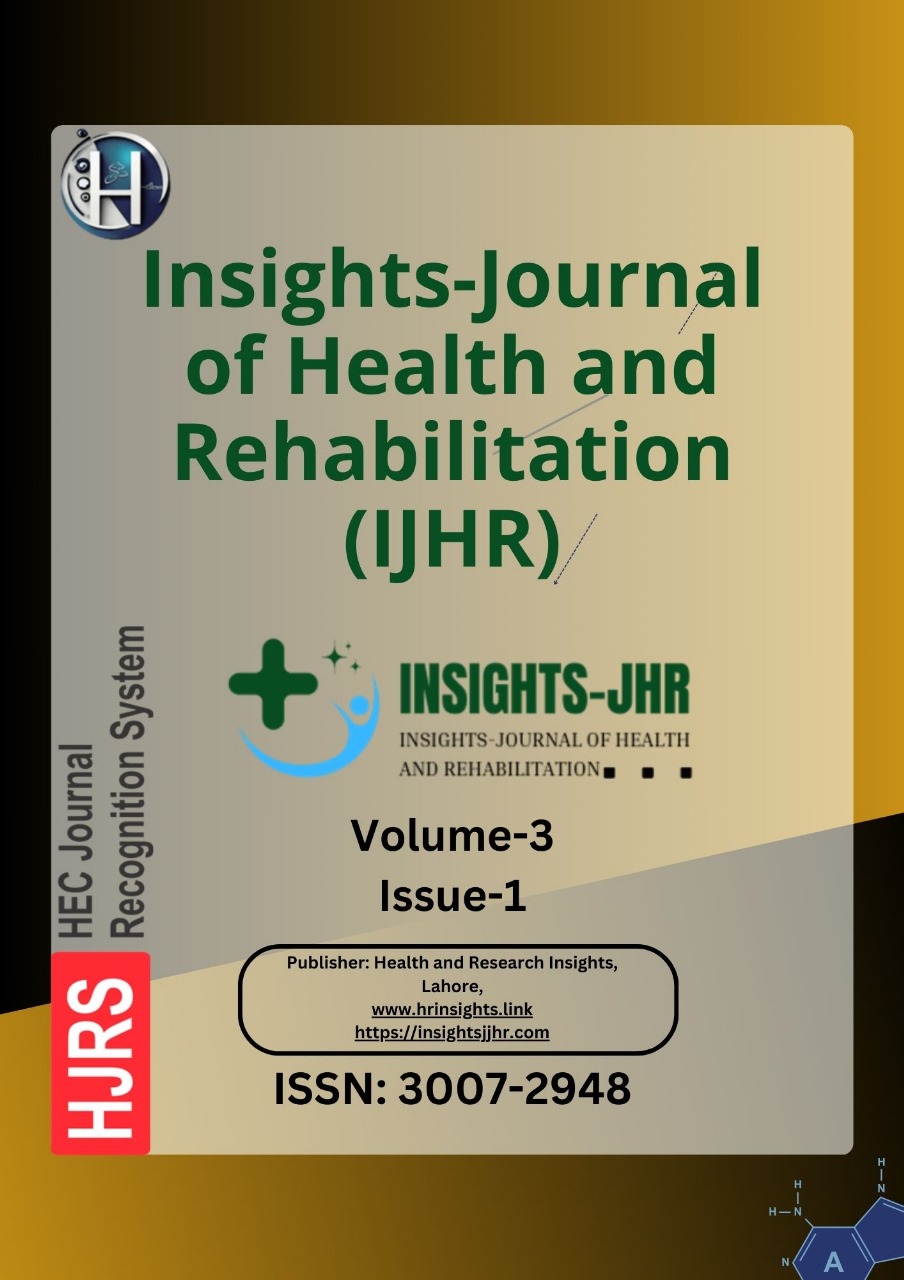IMPACT OF POSITIVE AND NEGATIVE LENS-INDUCED DEFOCUS ON CONTRAST SENSITIVITY IN MYOPIC AND NON-MYOPIC ADULTS
DOI:
https://doi.org/10.71000/czhjvm06Keywords:
Lens-induced defocus, contrast sensitivity, myopia, non-myopia, visual function, adaptation, Pelli-Robson chartAbstract
Background: Lens-induced defocus (LID) alters contrast sensitivity (CS), a key determinant of visual performance, affecting both myopic and non-myopic individuals. Myopia, a prevalent refractive error, is associated with compromised CS, which may be further influenced by optical defocus. Positive defocus shifts the focal plane posteriorly, while negative defocus moves it anteriorly, leading to differential visual adaptations. Understanding these effects is essential for optimizing refractive correction strategies and mitigating potential visual impairments in clinical and rehabilitative settings.
Objective: This study evaluates the impact of positive and negative LID on CS in myopic and non-myopic adults, assessing adaptive responses over a four-week period to determine potential implications for long-term visual function.
Methods: A randomized controlled trial was conducted with 36 participants (mean age = 33.81 ± 9.17 years), allocated into four groups: myopic-positive defocus (n=9), myopic-negative defocus (n=9), non-myopic-positive defocus (n=9), and non-myopic-negative defocus (n=9). CS was assessed using the Pelli-Robson chart under standardized lighting conditions at baseline, two weeks, and four weeks. The Wilcoxon Signed Rank Test and Friedman Test were used for within-group comparisons, while the Mann-Whitney U test assessed between-group differences. Statistical significance was set at p < 0.05.
Results: At baseline, the mean Pelli-Robson CS score was 1.51 ± 0.37. After two weeks, CS declined to 1.40 ± 0.41, and at four weeks, it further decreased to 1.30 ± 0.44 (p < 0.001). Myopic participants with positive defocus exhibited the most significant decline (1.10 ± 0.42 at four weeks), whereas non-myopic participants with negative defocus showed the least reduction (1.40 ± 0.41). CVS-Q scores increased from 3.94 ± 2.47 at baseline to 8.25 ± 3.52 at four weeks (p < 0.001), indicating worsening visual strain. VFQ scores decreased from 60.56 ± 13.93 to 52.94 ± 17.99, reflecting reduced subjective visual function (p < 0.01).
Conclusion: Both positive and negative LID adversely affect CS, with greater impairment observed in myopic individuals exposed to positive defocus. The findings highlight the importance of refining refractive correction approaches to minimize defocus-induced visual deficits. Further research is needed to explore long-term adaptive mechanisms and potential interventions for optimizing visual performance.
Downloads
Published
Issue
Section
License
Copyright (c) 2025 Sidra Saleem, Fariha Ambreen, Ummara Shafique, Mansoor Ahmed, Sheeraz Bashir, Kinza Arif, Ayesha Mohsin (Author)

This work is licensed under a Creative Commons Attribution-NonCommercial-NoDerivatives 4.0 International License.







